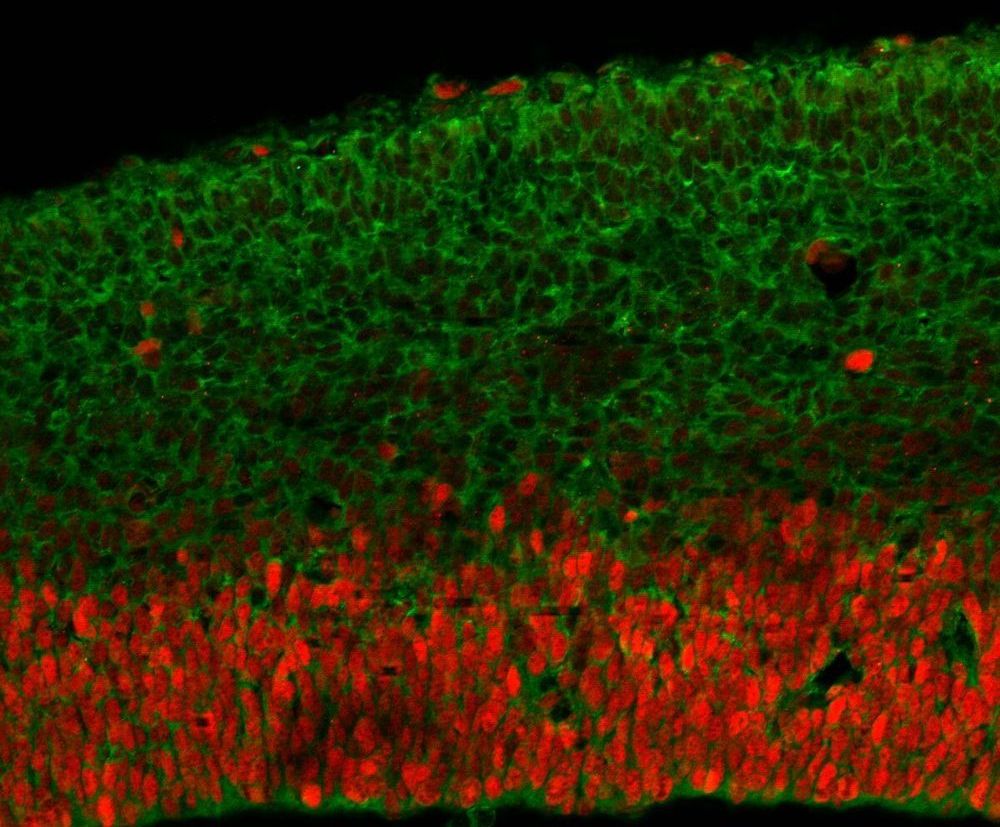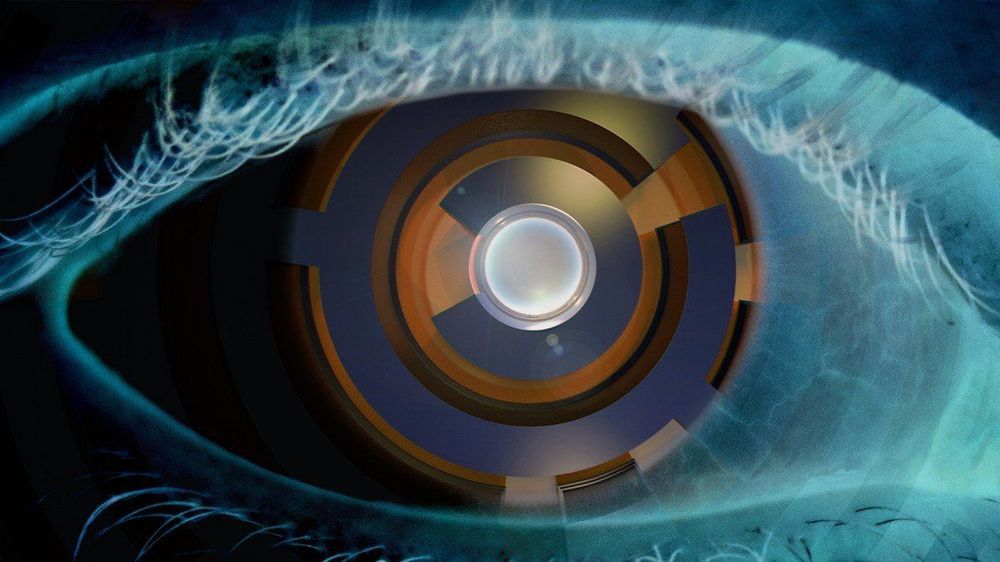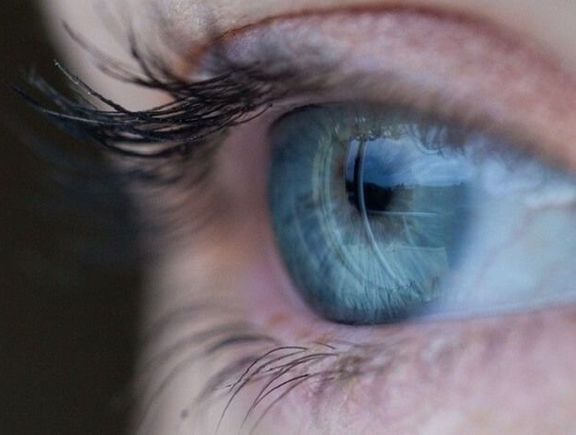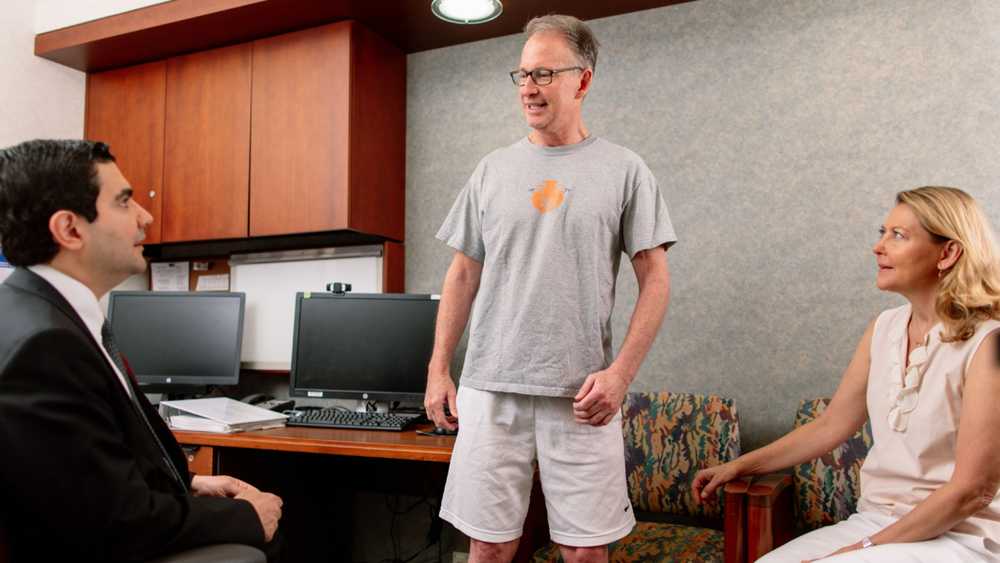Mar 4, 2020
Coronavirus puts drug repurposing on the fast track
Posted by Omuterema Akhahenda in category: biotech/medical
China’s biotech companies have been gearing up to repurpose existing drugs, approved in the West for other viruses, as treatments for the coronavirus outbreak originating in Wuhan.
Last month, Hangzhou-based Ascletis Pharma applied to the Chinese authorities to test two HIV protease inhibitors (ritonavir and ASC09) in clinical trials to treat COVID-19, the illness caused by the new coronavirus (Table 1). And Suzhou-based BrightGene Bio-Medical Technology announced in early February that it would begin to manufacture Gilead Sciences’ remdesivir (GS-5734), a broad-spectrum investigational antiviral, as a treatment for coronavirus infection.
Existing antivirals and knowledge gained from the SARS and MERS outbreaks gain traction as the fastest route to fight the current coronavirus epidemic.


















